
TECHNICAL ARTICLE
TECHNICAL ARTICLE
Soaring egg prices are causing industrial cake manufacturers to re-think their choice of emulsifier. Palsgaard® SA products allow them to both reduce costs and achieve consistently high performance.
"So, it’s not just about the cost savings – which can be huge. There are so many other benefits from both a production and a business point of view. If I was a cake manufacturer, and someone told me I could save 5% on my recipe costs, and also improve my production and storage, of course, I’d be interested."— Christophe Lequet, Senior Application Specialist, Industrial Bakery, Palsgaard A/S

Eggs have been used in cakes for thousands of years. As well as providing stability, structure, aeration, moisture and emulsification, they can improve mouthfeel, colour and taste.
However, these benefits come at a rising price. In addition to the inflationary pressures affecting the whole food industry, egg costs have soared because of bird flu, demand for free range, and high grain costs. In March 2022, wholesale prices in the US reached their second-highest level ever, up nearly 200% from 2021. In some European countries, they are expected to triple.
This is a major issue in industrial cake production, where eggs can account for as much as 30% of the recipe. “There’s been a snowball effect,” says Christophe Lequet, Senior Application Specialist for Bakery at Palsgaard. “Demand is higher, freight costs are higher, grain prices are higher – everything’s higher. Eggs are the most expensive part of a cake recipe, so of course, that’s having a major impact.”
The situation is so serious that it is starting to make national headlines. In a recent interview on French TV, an industrial cake producer said the price he pays for eggs rose from €1 per litre to €3 within weeks.
The amount of egg needed in a cake recipe depends largely on the choice of emulsifier. Traditional cake gels, which are typically based on monoglycerides, can perform well on aeration but poorly on stability, meaning that more egg is needed.
Palsgaard® SA is a highly sophisticated alternative that overcomes this challenge while offering many other benefits. Designed for industrial applications, it’s based not on monoglycerides, but on polyglycerol esters (PGEs) of fatty acids (E475). The “go-to” product in the range is the highly versatile Palsgaard® SA 6610, while sister products Palsgaard® SA 6600 and Palsgaard® SA 6615 are alternatives for manufacturers who want different technical properties or palm-free options.
As well as aeration, all the products in the range provide stability because of the hydrophilic properties of PGEs. “That’s the big secret,” says Christophe. “We’re compensating for the problems that would arise if you took out the eggs. Palsgaard® SA can take over, and even improve on, many of the functional properties of eggs.”
By switching to Palsgaard® SA, manufacturers can reduce the amount of eggs needed in their recipes by an average of around 20% (depending on the type of product and the baseline amount). Expressed differently, in a normal cake, egg typically accounts for 20% of the recipe; the use of Palsgaard® SA can reduce this to 16%.
At the moment, this translates to a cost reduction of around 5% which, according to Christophe’s calculations, could allow a manufacturer producing 5000 MT of cakes per year to achieve annual savings of more than €200,000. He expects these figures to rise further: “The more eggs go up in price, the bigger the savings will be. And the less you have in your recipe, the less vulnerable you are to future fluctuations.”
Crucially, these savings don’t come at the cost of performance. “As well as aeration and whipping properties, Palsgaard® SA provides great stability and resistance to mechanical treatment,” says Christophe. “It’s unique from that perspective – some bakers tell us that they don’t really trust gels for stability, so they add more egg to be on the safe side.”
Palsgaard® SA can also allow manufacturers to wave goodbye to production headaches. As a free-flowing powdered product, it’s very easy to dose and handle, and disperses quickly during pre-mixing. This means fewer mixing steps, making operators’ lives easier, increasing production efficiency and bringing additional cost savings.
Another major benefit is consistency. “If I buy a cake today, and the same one tomorrow, I expect it to be the same,” says Christophe. “With Palsgaard® SA, you just don’t get the variations between batches that you do with cake gel. We recently had a visitor from a company that had made the switch. We asked if he’d seen any difference and he said ‘Yes, actually. Most of the unexplained problems we had have completely disappeared.’ So, all those mysterious little issues, those readjustments manufacturers have to make, are gone. And as things are running more smoothly, that means less re-work and also fewer product recalls and rejects.”
Palsgaard recently asked a sensory panel to sample a cake made with SA. Despite the egg content having been reduced significantly, none of the panellists reported a loss of flavour. There are other benefits too. Palsgaard® SA has a typical shelf-life of 18 months – longer than cake gels, which are highly temperature-sensitive – and can be kept in stackable pallets, increasing storage capacity.
It also ticks several boxes for consumers. It’s plant-based, allergen-free and GMO-free, and – with only one e-number (compared to four in the typical cake gel) – it’s a great lean-label solution. On top of that, it’s sugar-free and combines well with oil, helping manufacturers swap out saturated fat and create better-for-you recipes.
“Manufacturers are generally open to solutions that help them keep costs under control,” Christophe says. “But they can also have reasons for not doing it. There might be a reluctance to change a recipe that’s been used for years or to update labelling. There are strong counterarguments against all of those. Not having to handle cake gel can make life a lot easier for your line operator, and a change in your packaging can be really positive if you end up with a fresh, lean label offering.
“So, it’s not just about the cost savings – which can be huge. There are so many other benefits from both a production and a business point of view. If I was a cake manufacturer, and someone told me I could save 5% on my recipe costs, and also improve my production and storage, of course, I’d be interested.”
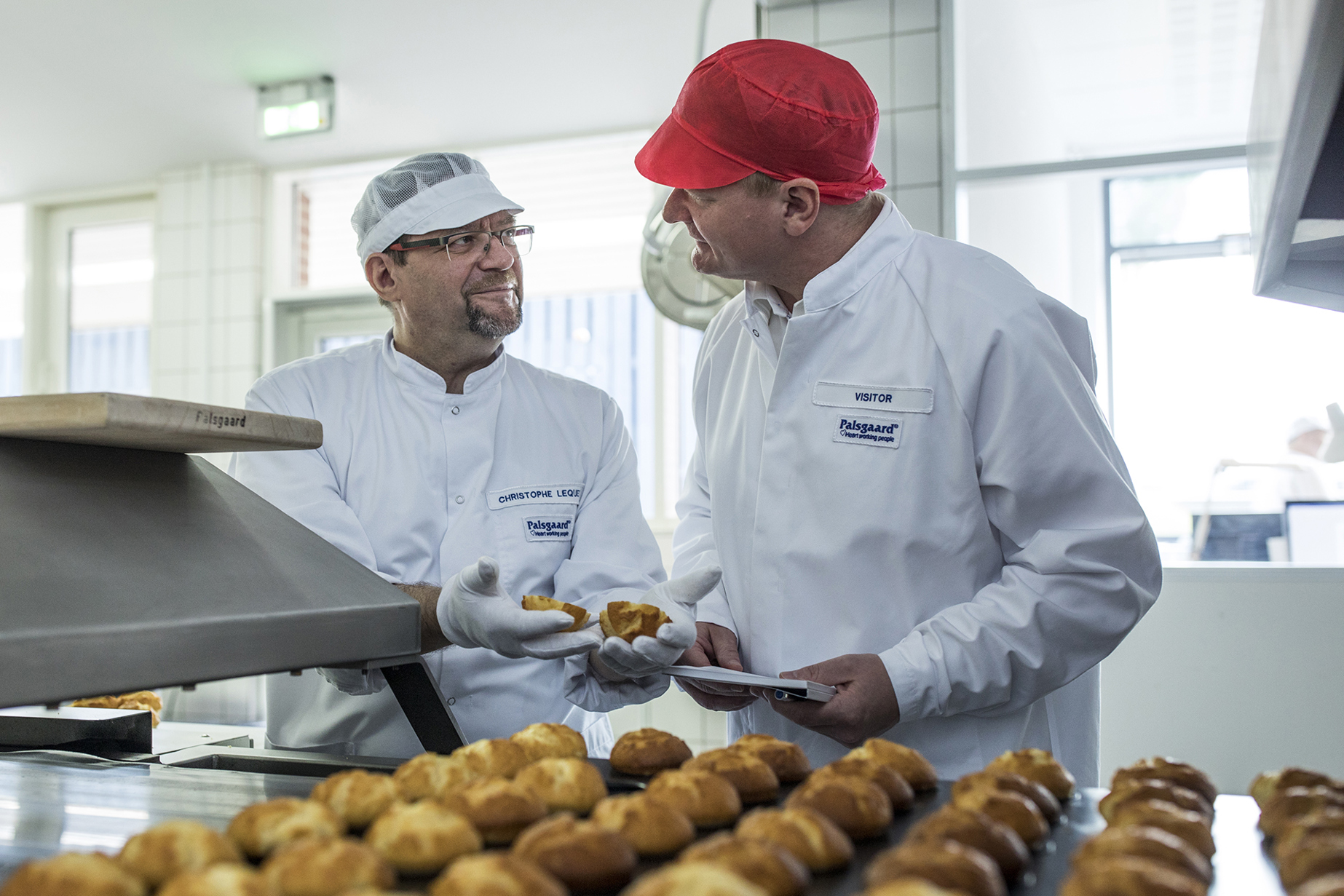
“To start using Palsgaard® SA, nothing special is needed,” Christophe says. “It can be added along with all the other powder ingredients, so you don’t need to invest in any additional equipment.”
But although the process is simple, Palsgaard can advise customers on any recalculations they might need to make. “We don’t change the recipe, we just help balance it,” he says. “Depending on what works best for our customers, we can offer advice through virtual meetings, or physically on the production site.”
Furthermore, Palsgaard has six global application centres, located in Denmark, Türkiye, Mexico, Brazil, Singapore and China. They can help bakers adapt their recipes according to regional preferences and ingredient availability. “That’s a big asset for us,” Christophe adds. Recipes and production methods differ from place to place, so local knowledge is a great benefit.”
Palsgaard also has a complete industrial bakery and can run realistic trials, in which customers can participate. “We’ve set up everything to help them make the change and we’re with them all the way as they take the final steps,” says Christophe.
Wherever you are, and whatever the egg content of your cake recipe, Palsgaard can help you achieve eggs-cellent performance without the eggs-travagant costs.
Contact our application teams and get your own customised calculation.

TECHNICAL ARTICLE

TECHNICAL ARTICLE

TECHNICAL ARTICLE
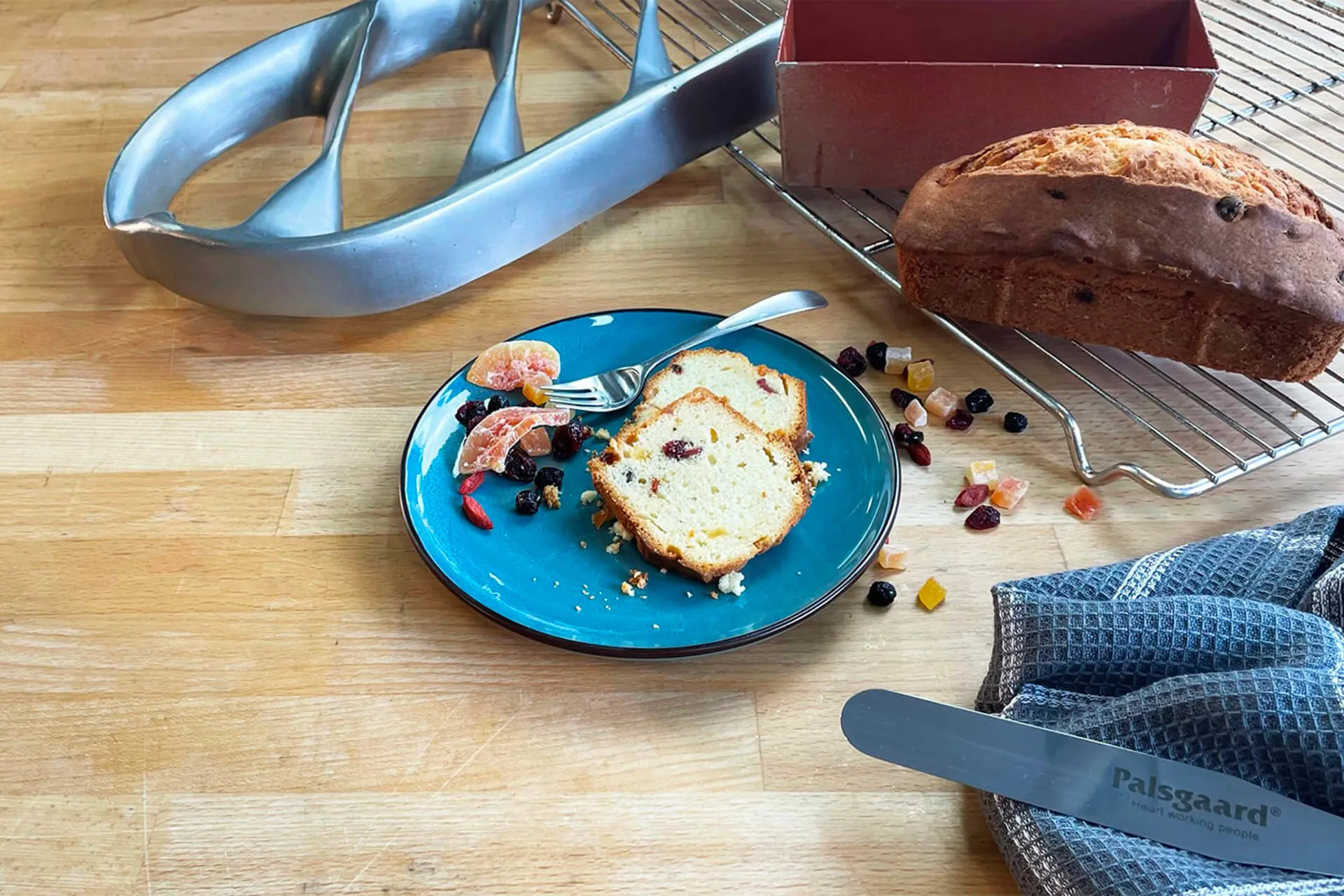
TECHNICAL ARTICLE
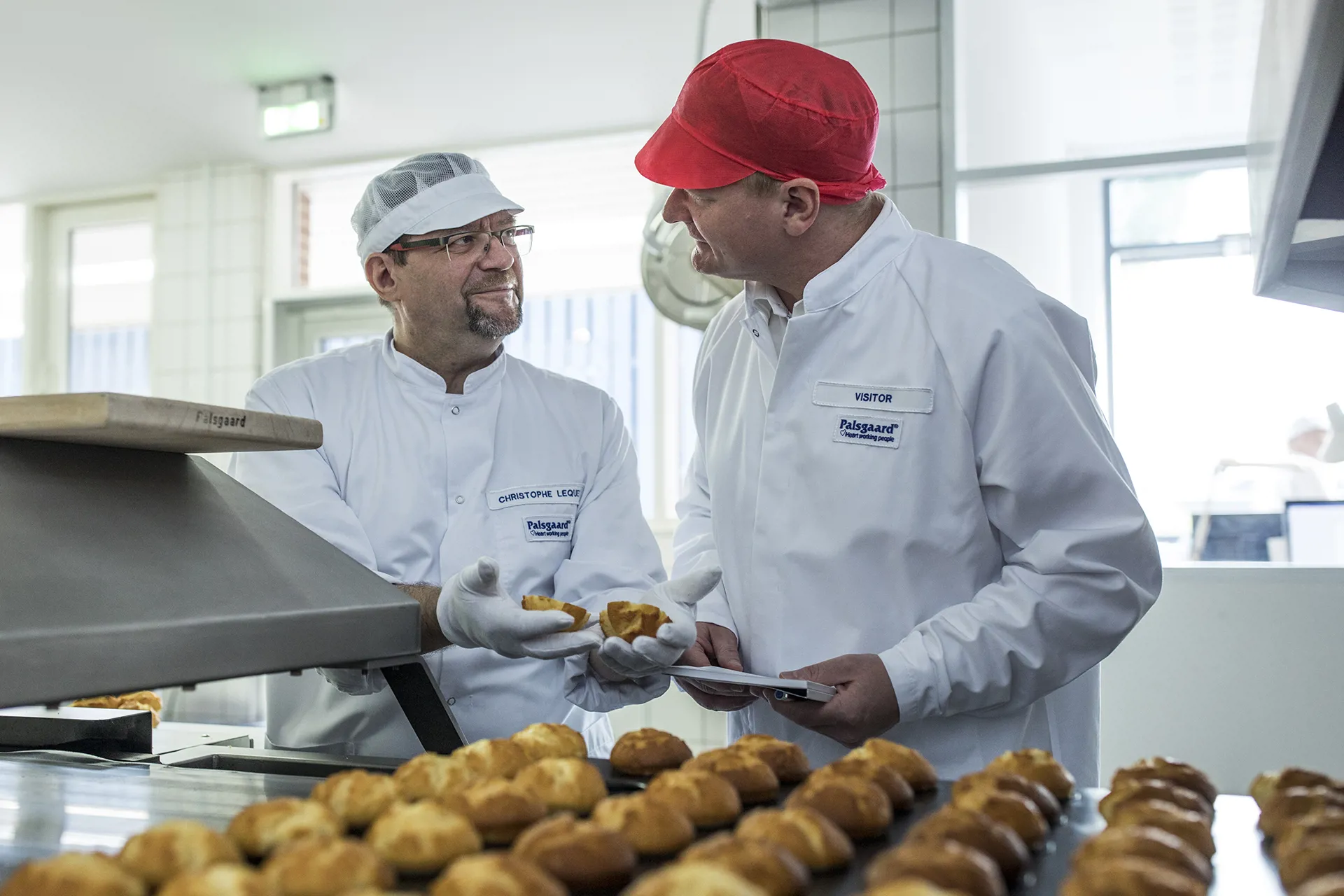
FEATURE ARTICLE
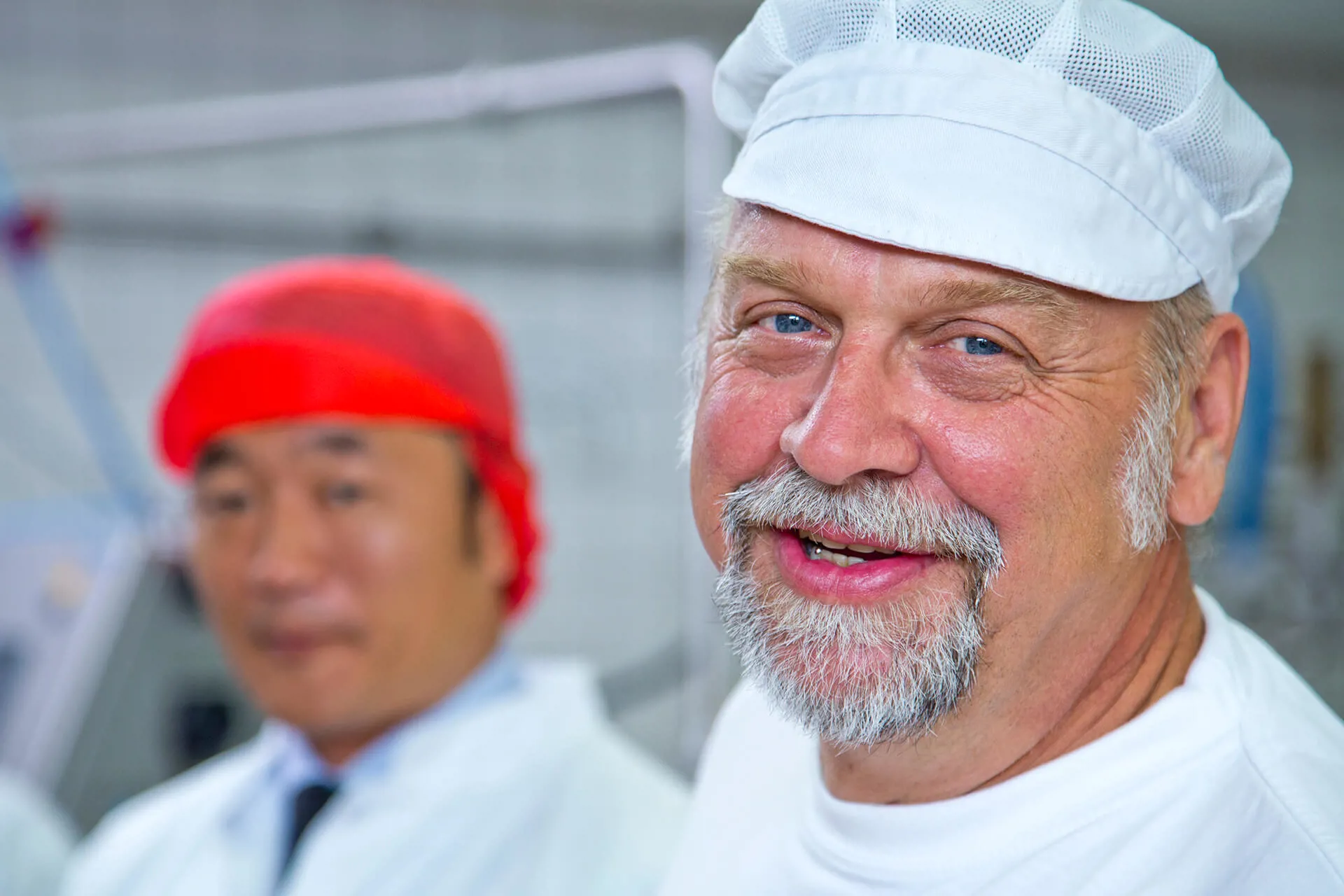
FEATURE ARTICLE
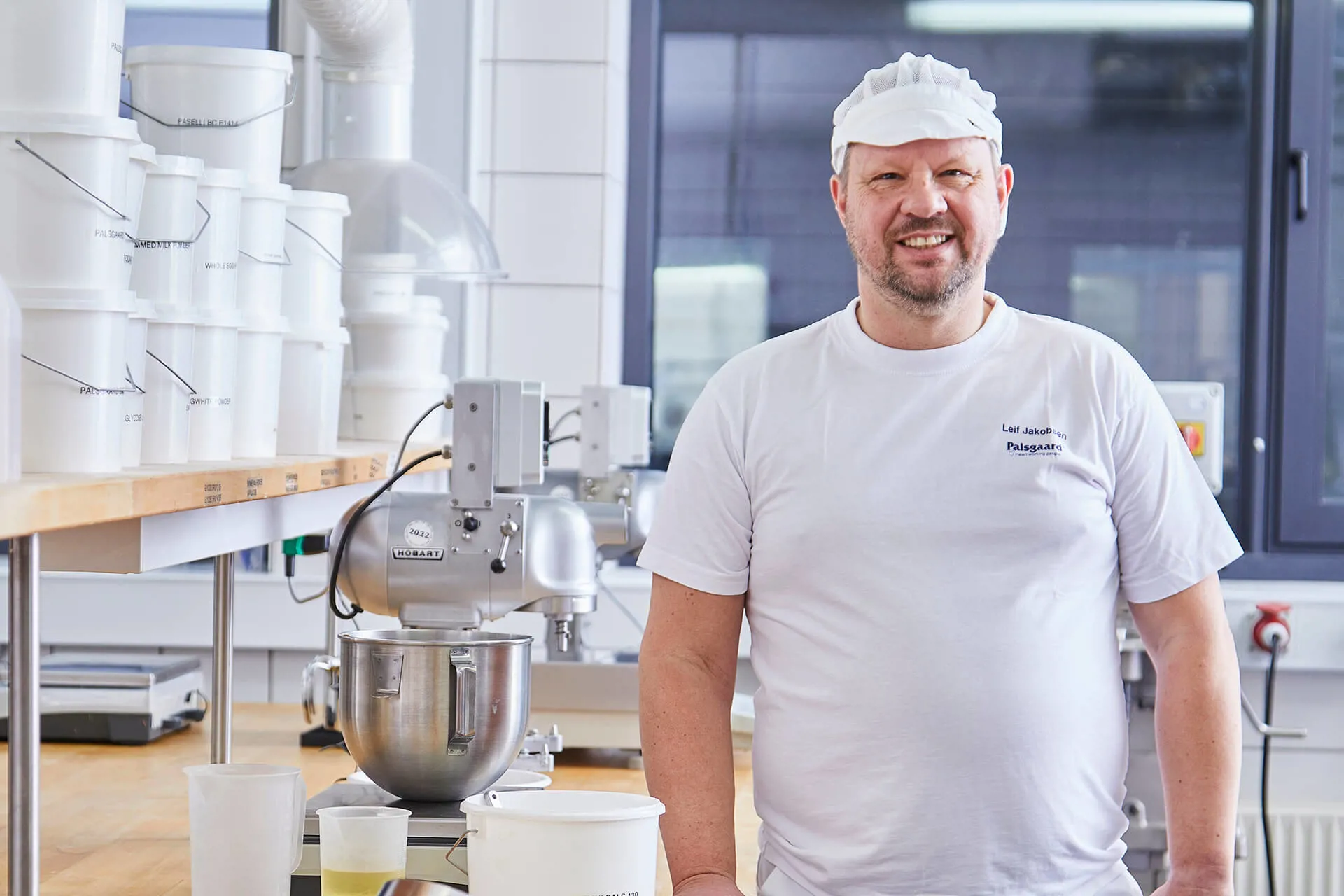
FEATURE ARTICLE
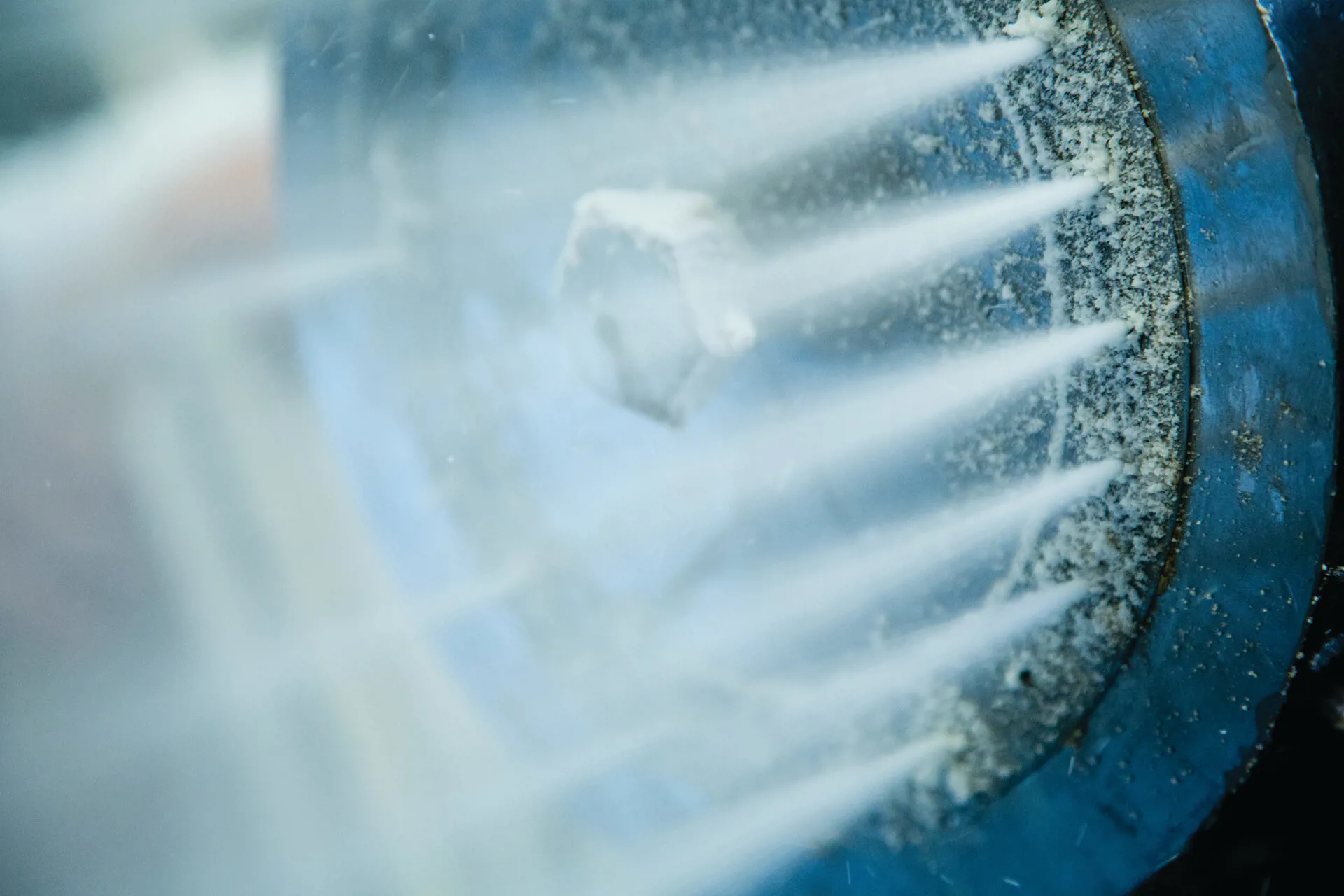
EMULSIFIERS EXPLAINED